The defining sound
 of this year’s most-wanted luxury car, the new Range Rover Velar, isn’t generated by its multi-cylinder diesel engine, some clever active exhaust or even 
its 17-speaker audio system.
It’s the rhythmic sequence of gentle whirrs and puffs made by the car’s pillowy, beautifully upholstered ‘massager’ driver’s seat as it sets about discreetly but determinedly kneading the tension out of your lower back.
It’s a sound you can hear because the noise of the car’s V6 motor descends to a barely audible background hum at a motorway cruise – and also because there’s little more than the faintest flutter of wind noise creeping around the door seals at that speed. And what 
it sounds like – honestly – is a polite but persistent case of robotic after-dinner flatulence. It is not quite silent and a little bit violent at times, but thankfully unaccompanied by any lingering odour. Nope – the pseudo-farts of the new Velar’s driver’s seat don’t actually smell of anything; but that may even be a missed opportunity when you consider they might have been so deliciously perfumed.
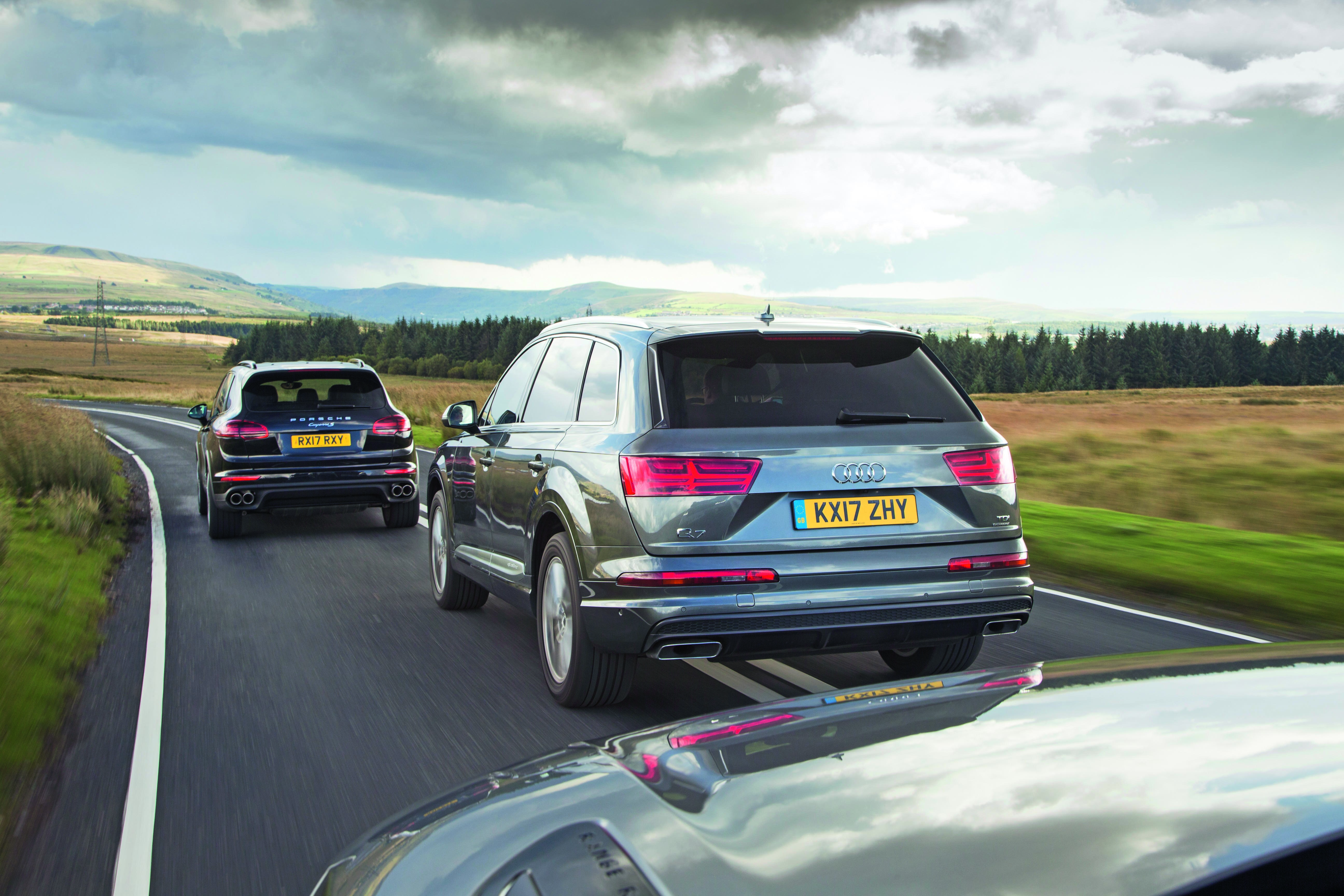
And so, having had the glare of
 a full Autocar road test on it and some stinging criticism made of it 
in lower-end four-cylinder diesel form, the Velar gets a chance to reveal what it’s really all about.
 Our focus turns to the near-top-of-the-range six-cylinder diesel model. If this is the outstanding modern luxury SUV that Gaydon claims it is, so accomplished in
 all the ways it’s purported to
 be, then it should easily prove itself superior to a couple of other similarly priced SUV rivals.
What rivals, though. For the £70,530 of our Velar R-Dynamic HSE D300 test car, you can have a Porsche Cayenne S Diesel and a little bit of change or an Audi Q7 3.0 TDI 272 quattro S line and quite a lot more change. You could have a Maserati Levante Diesel also – although Maserati wouldn’t lend us one 
of those for this comparison.


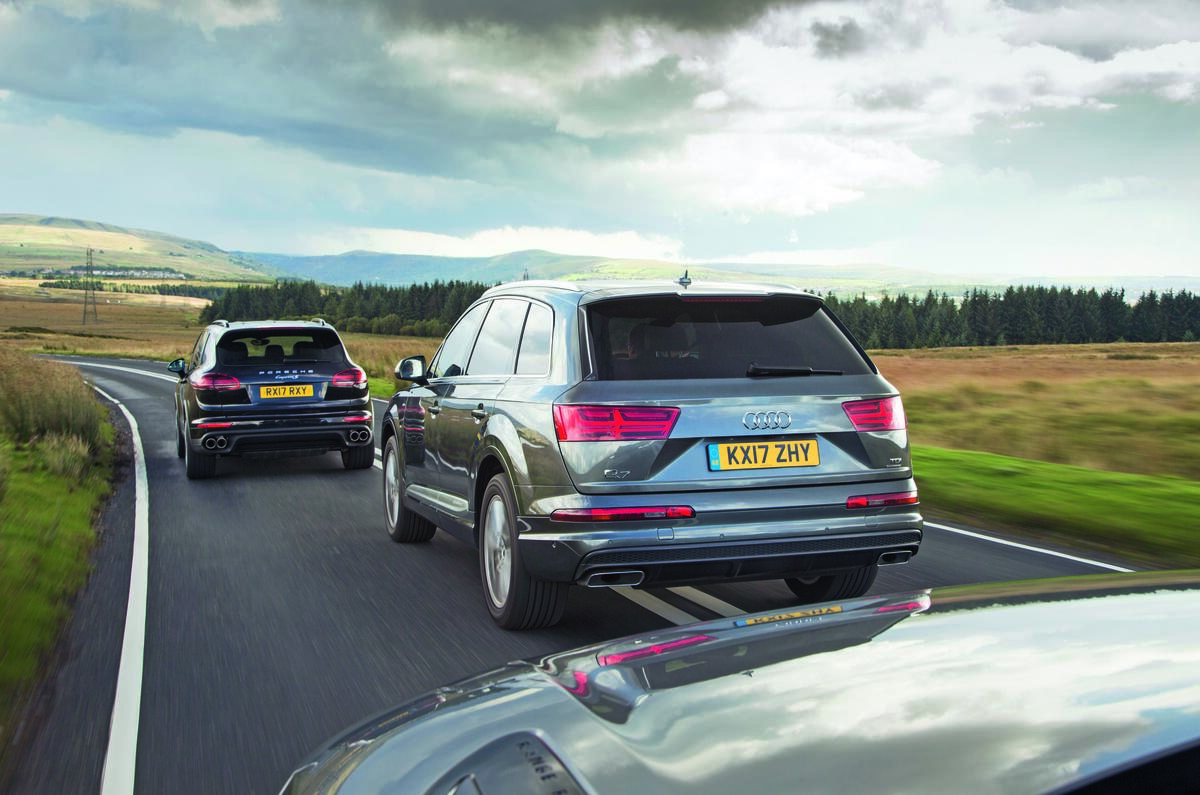
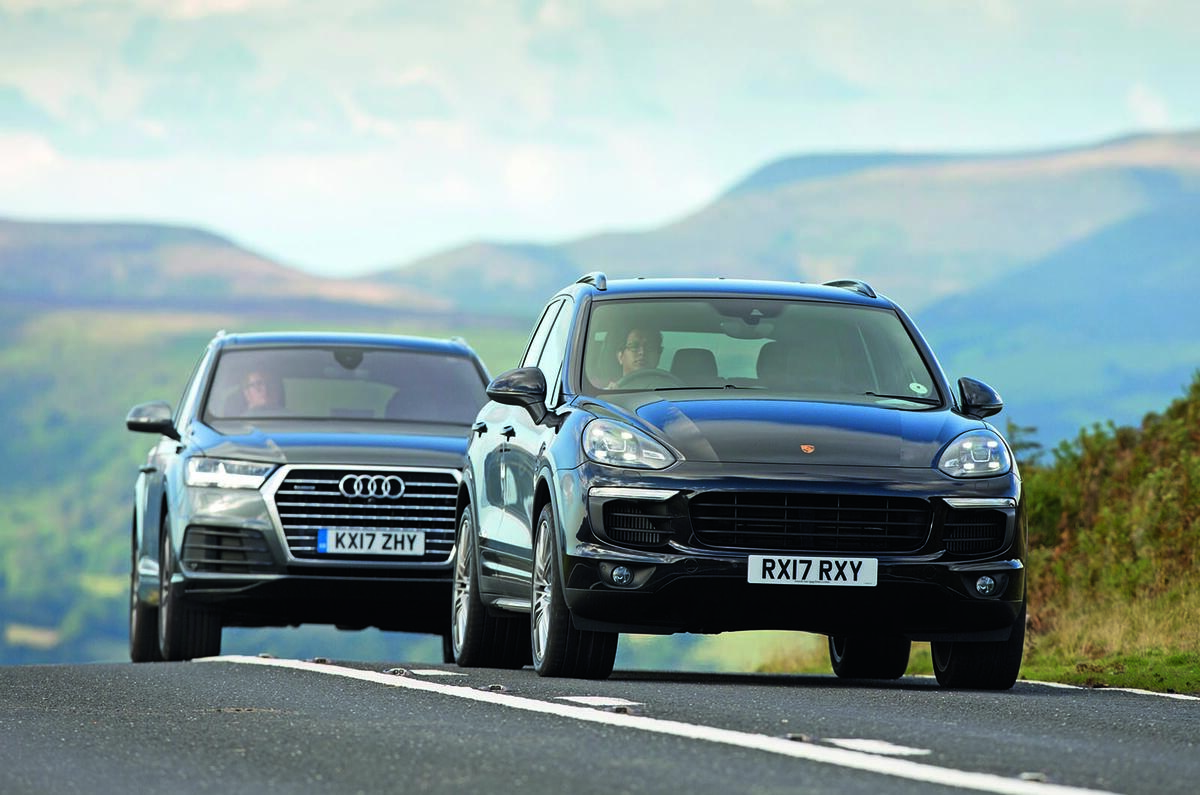
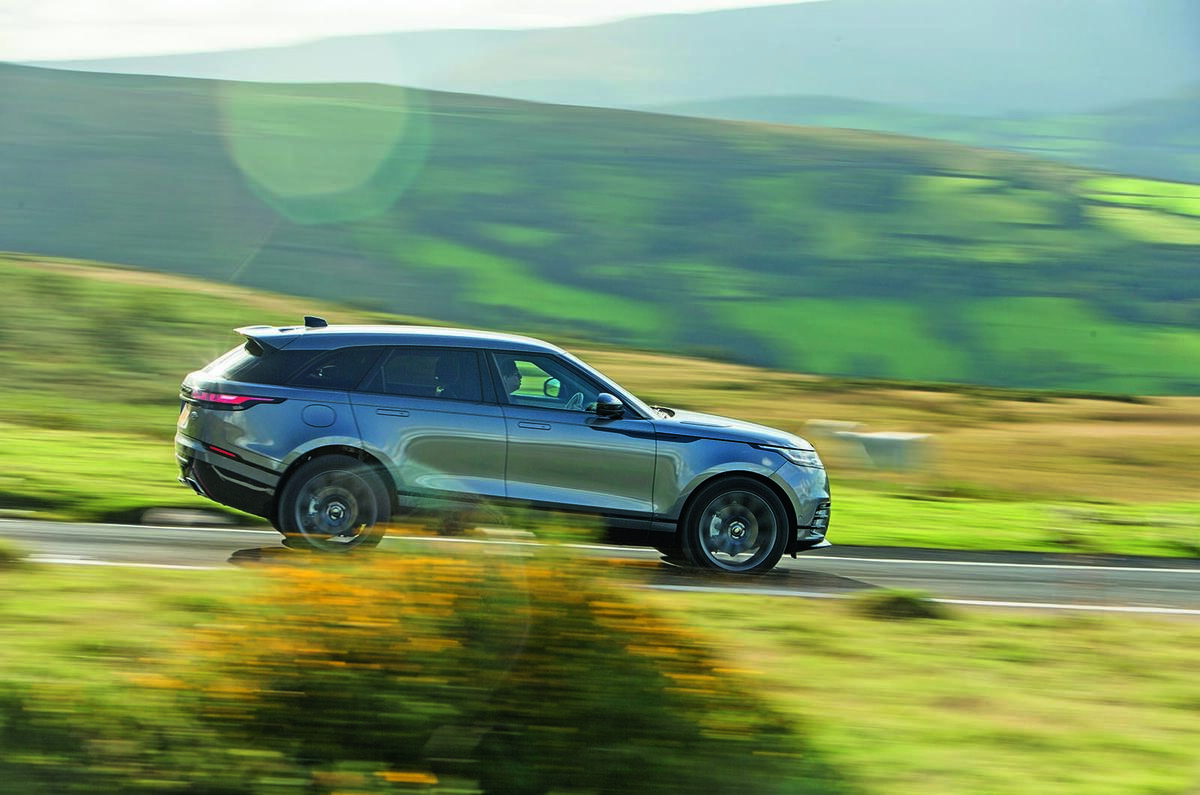
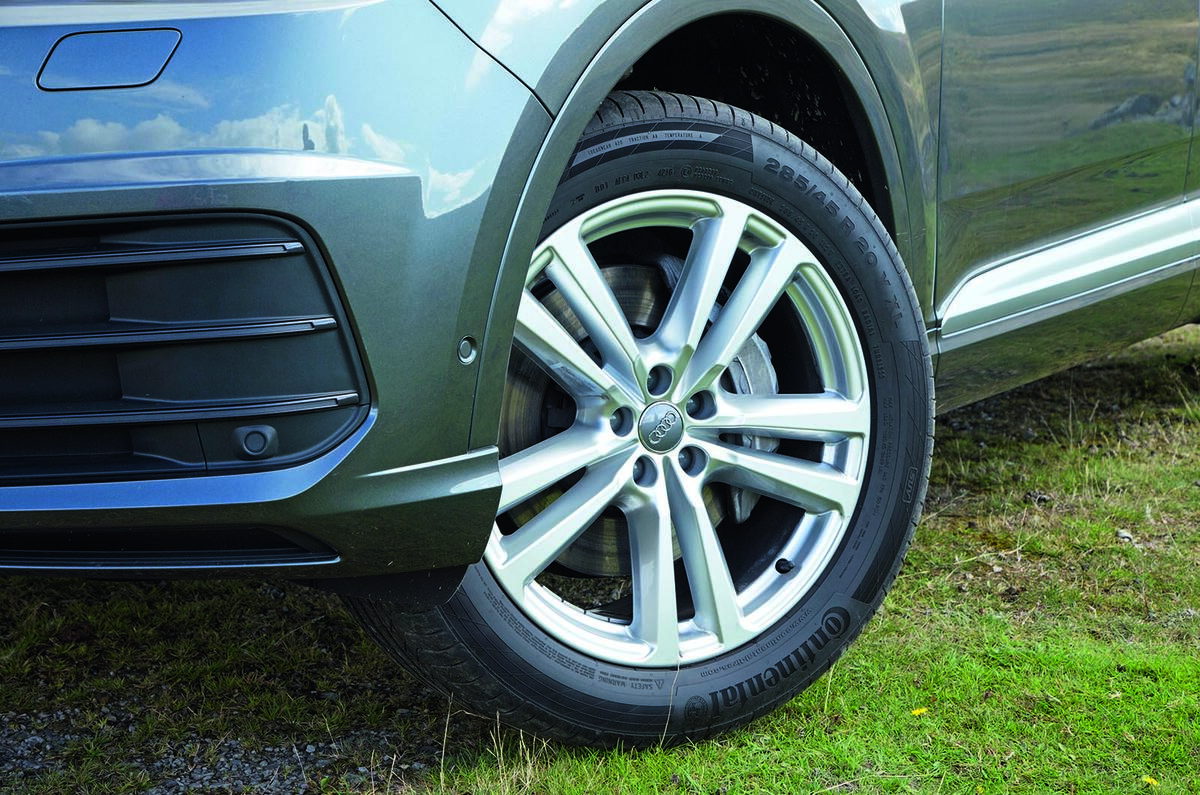

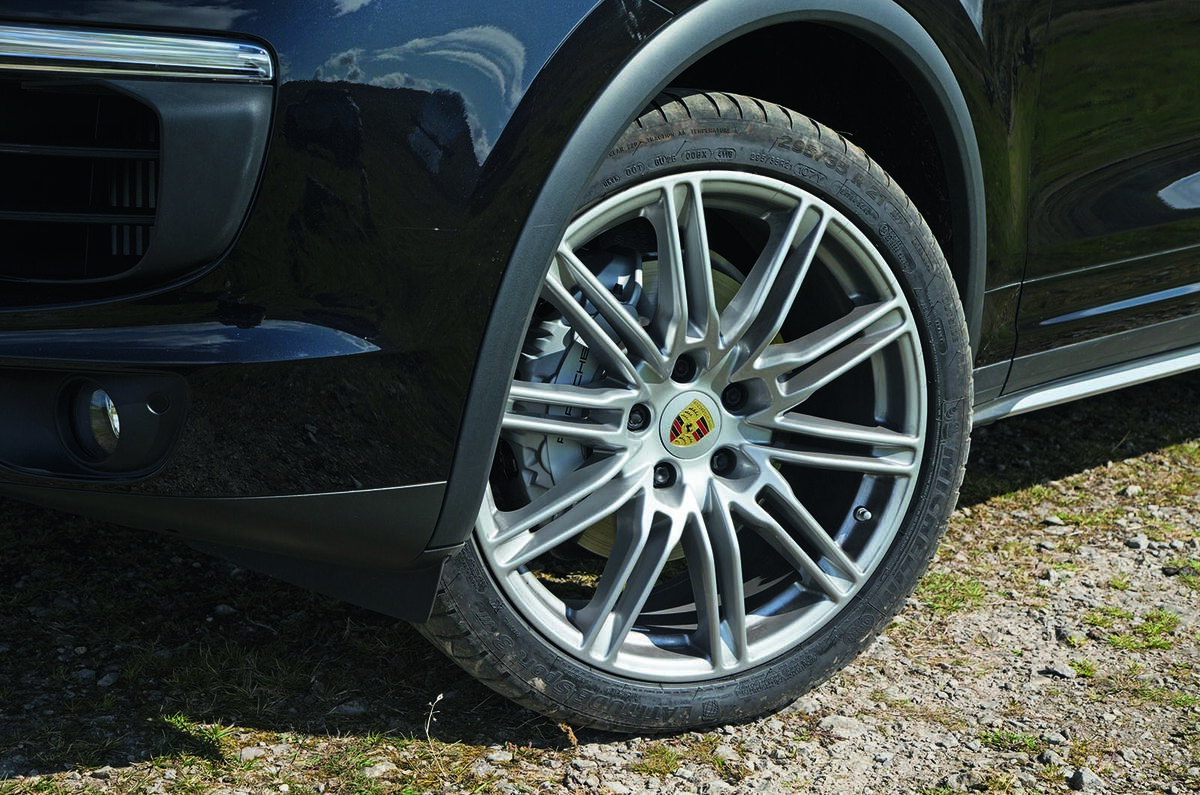
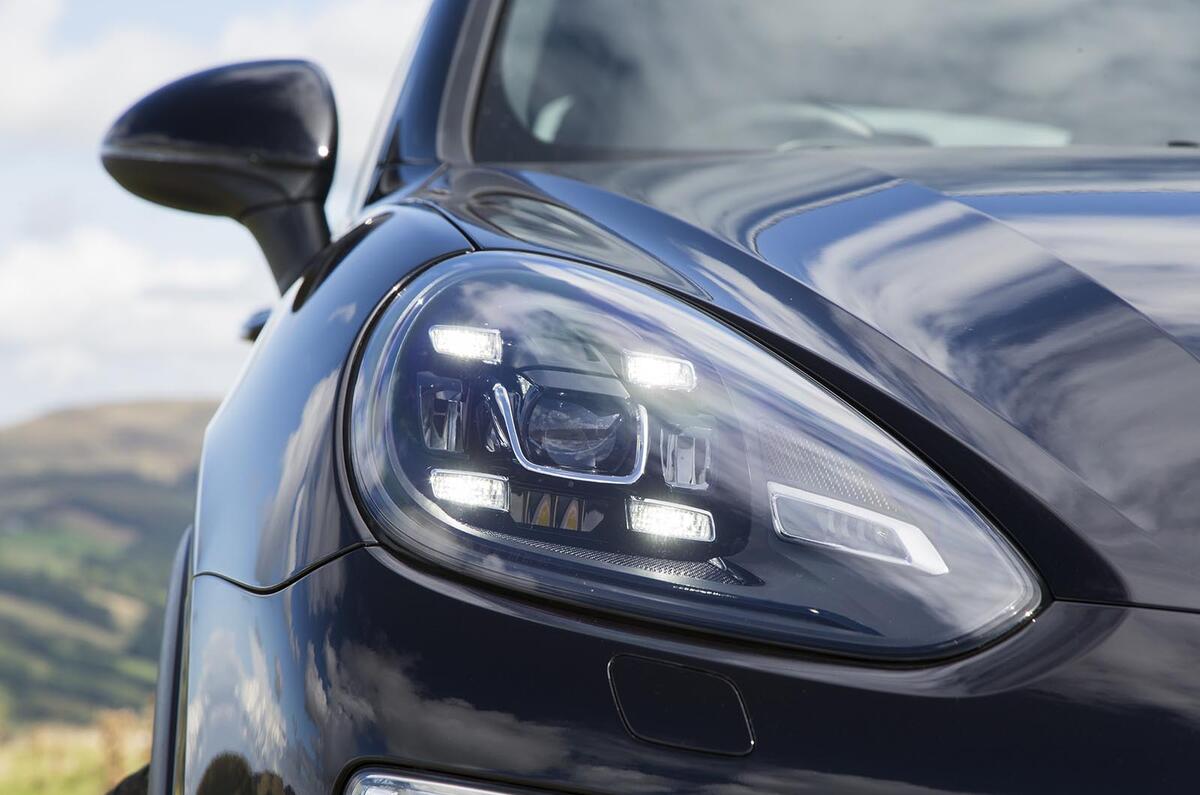
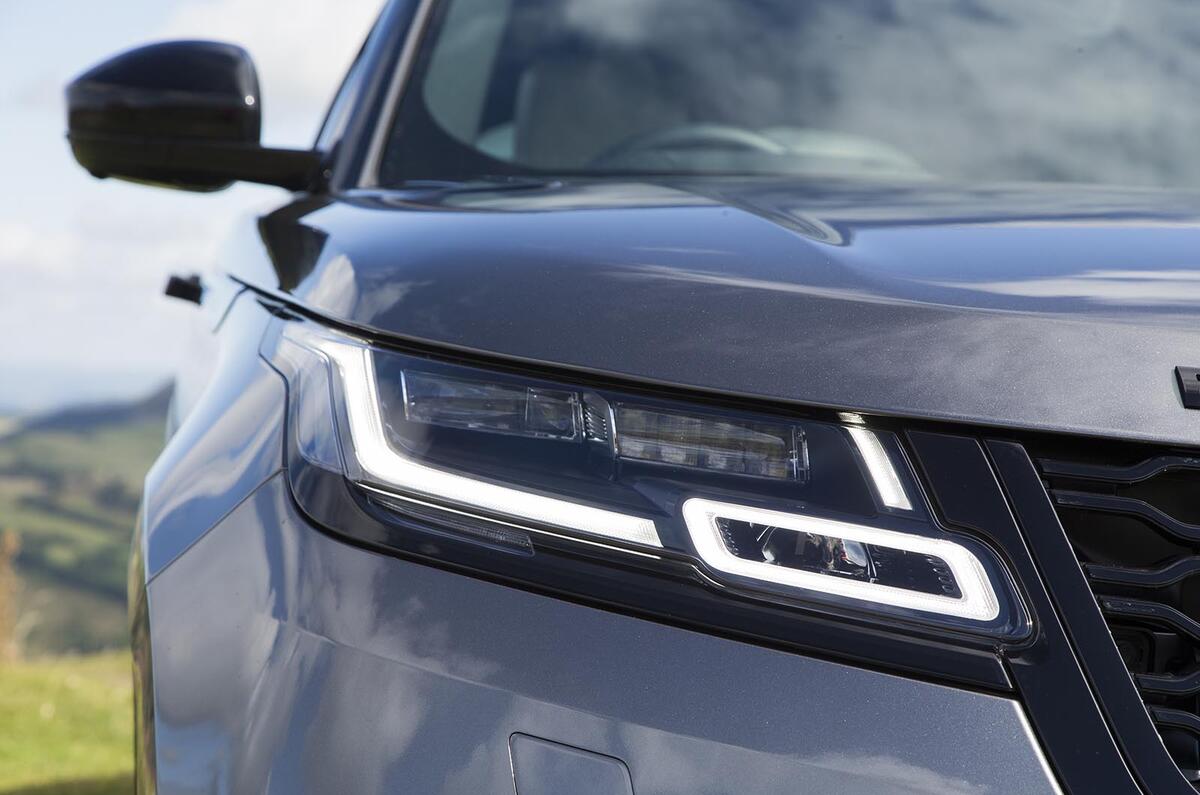
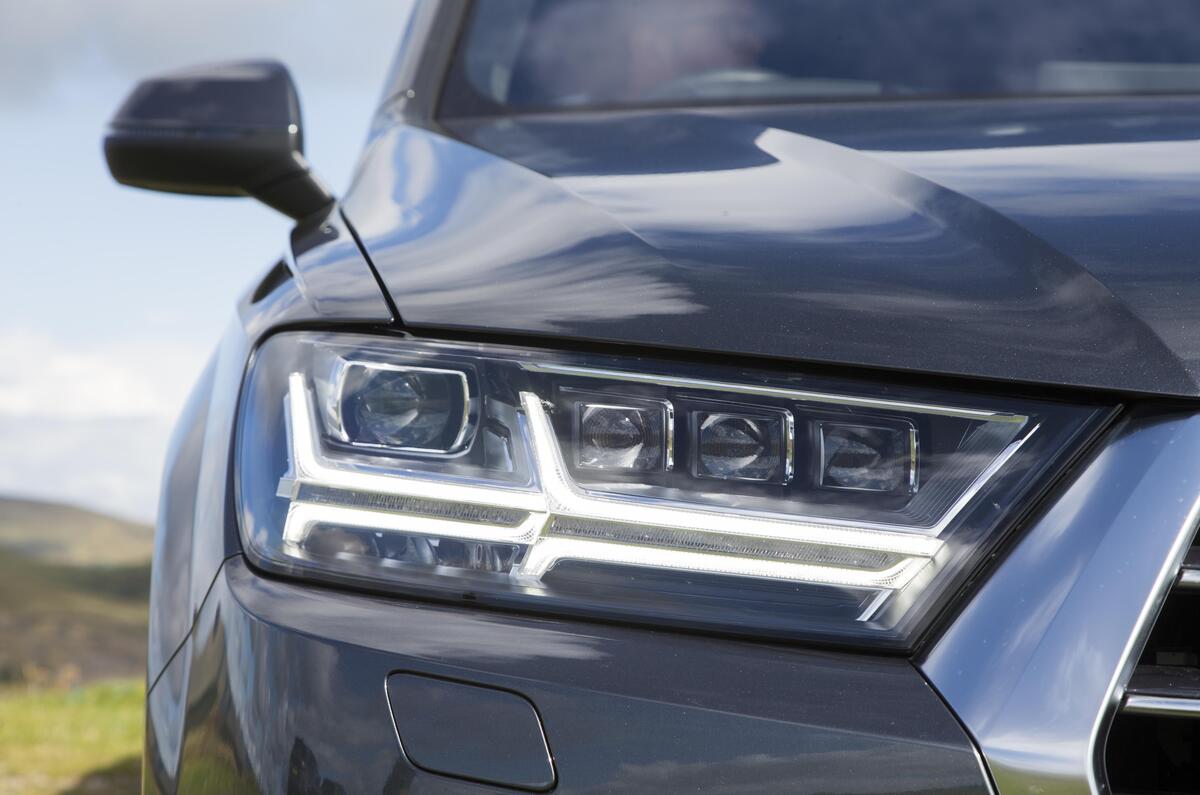


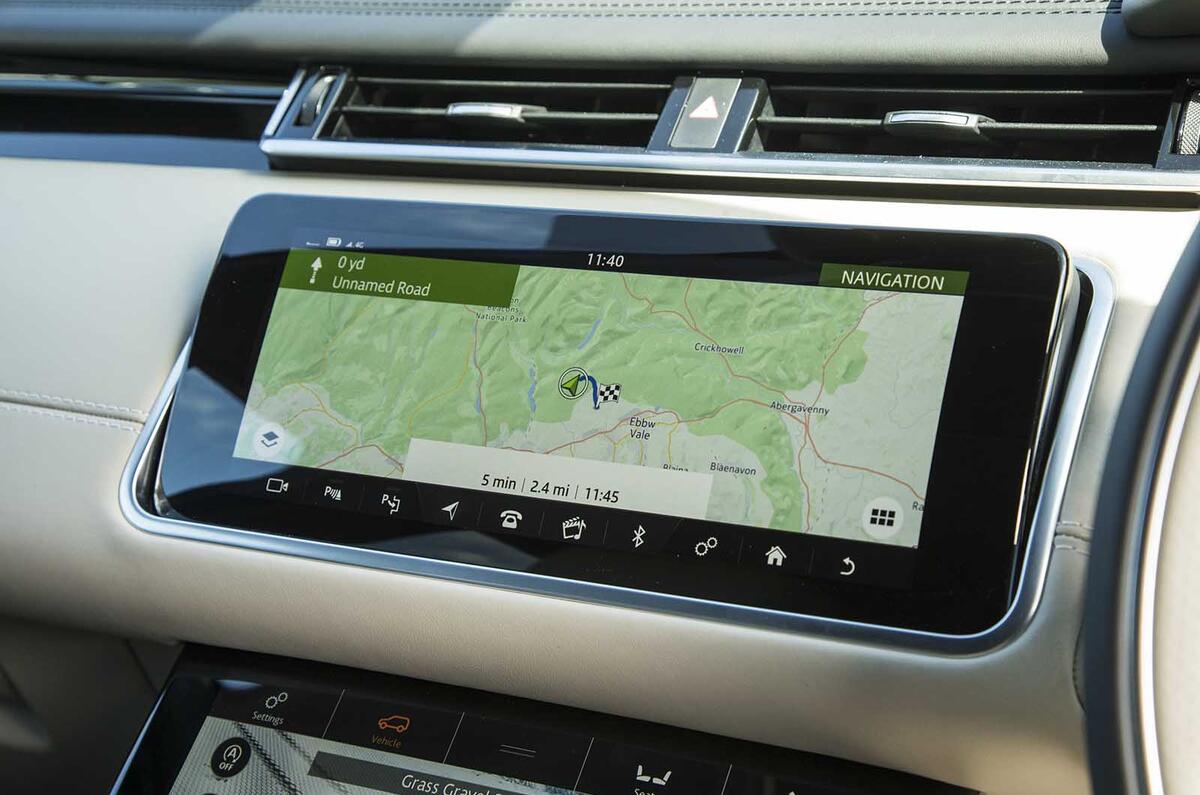
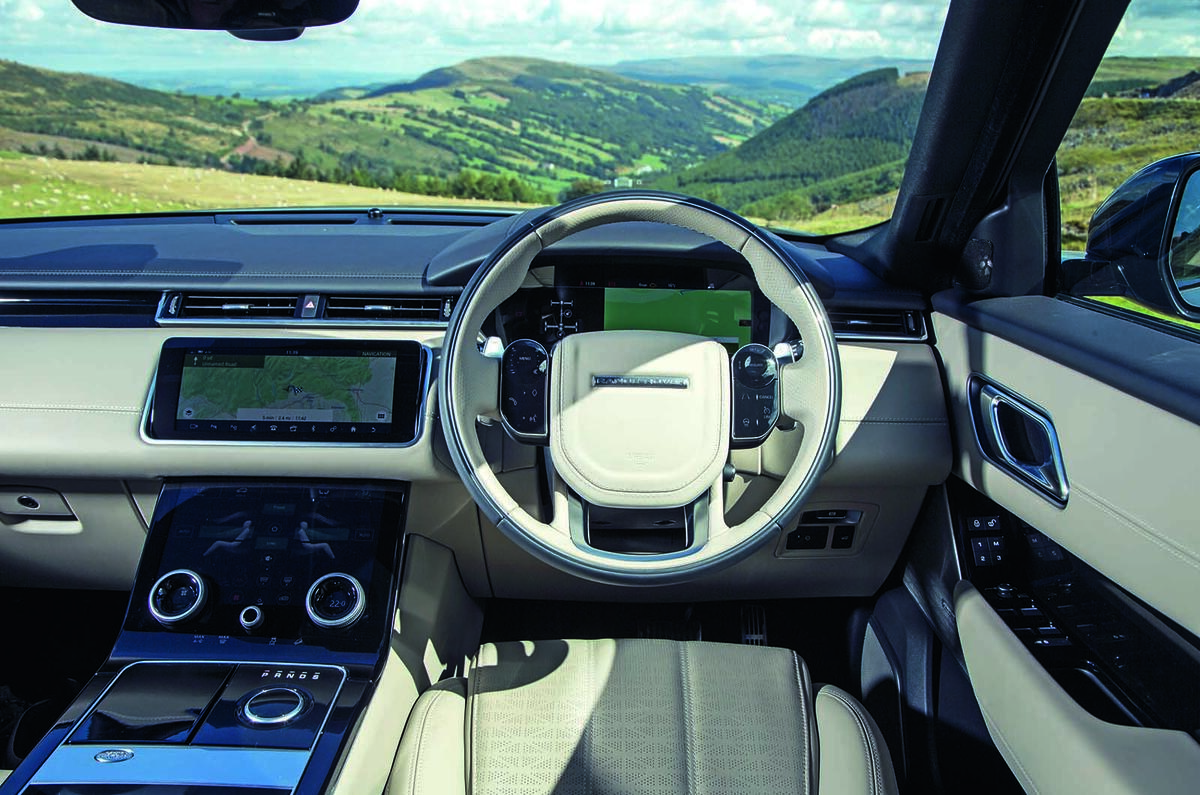
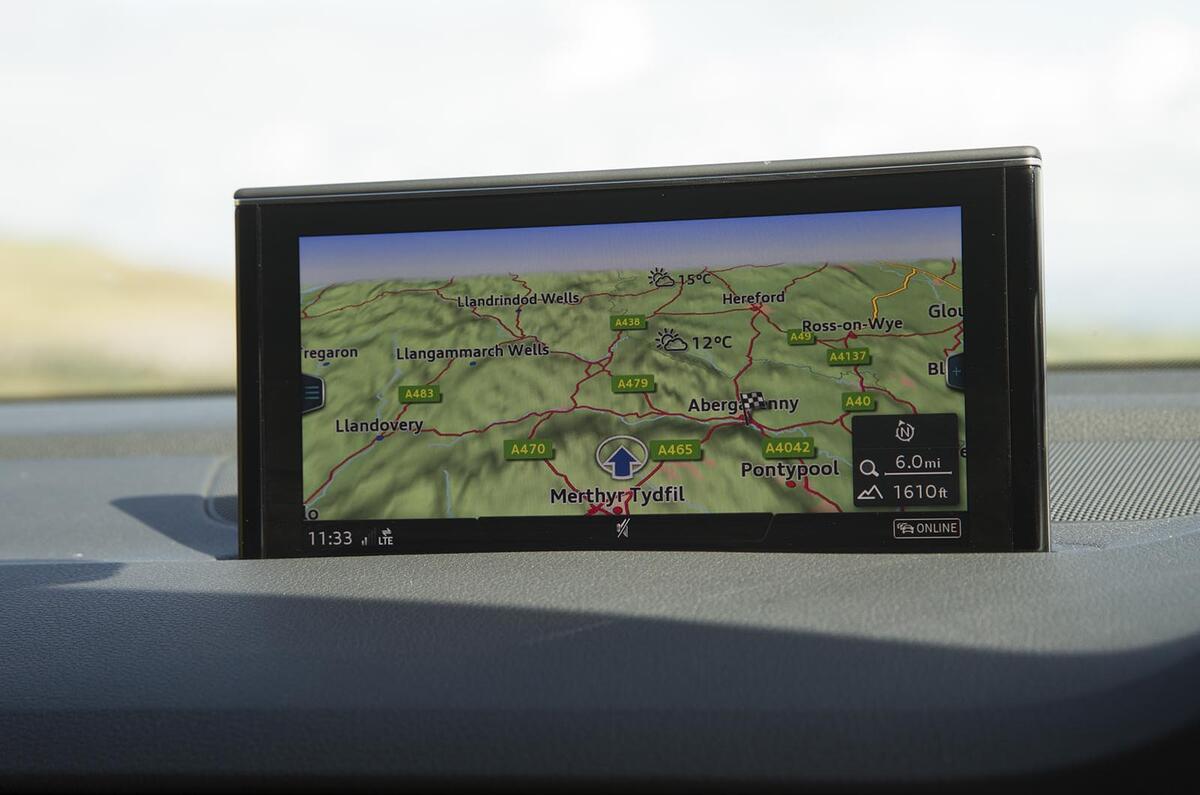
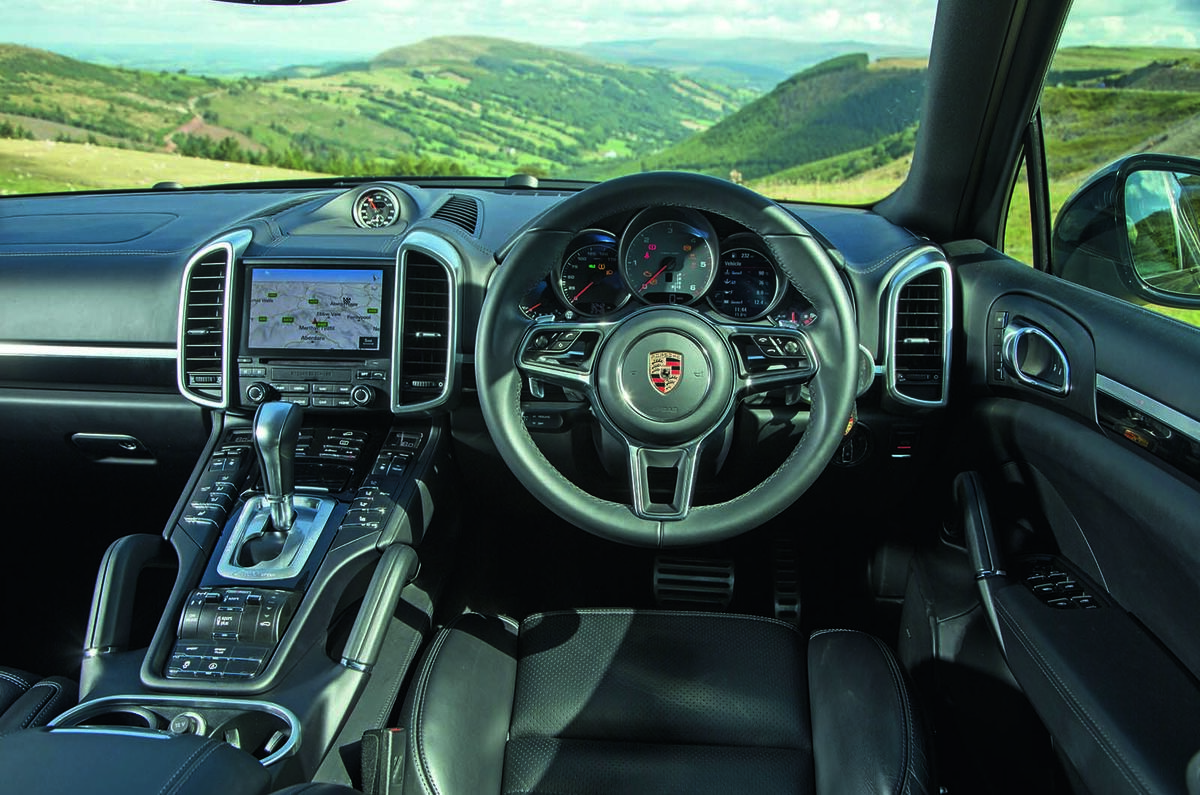

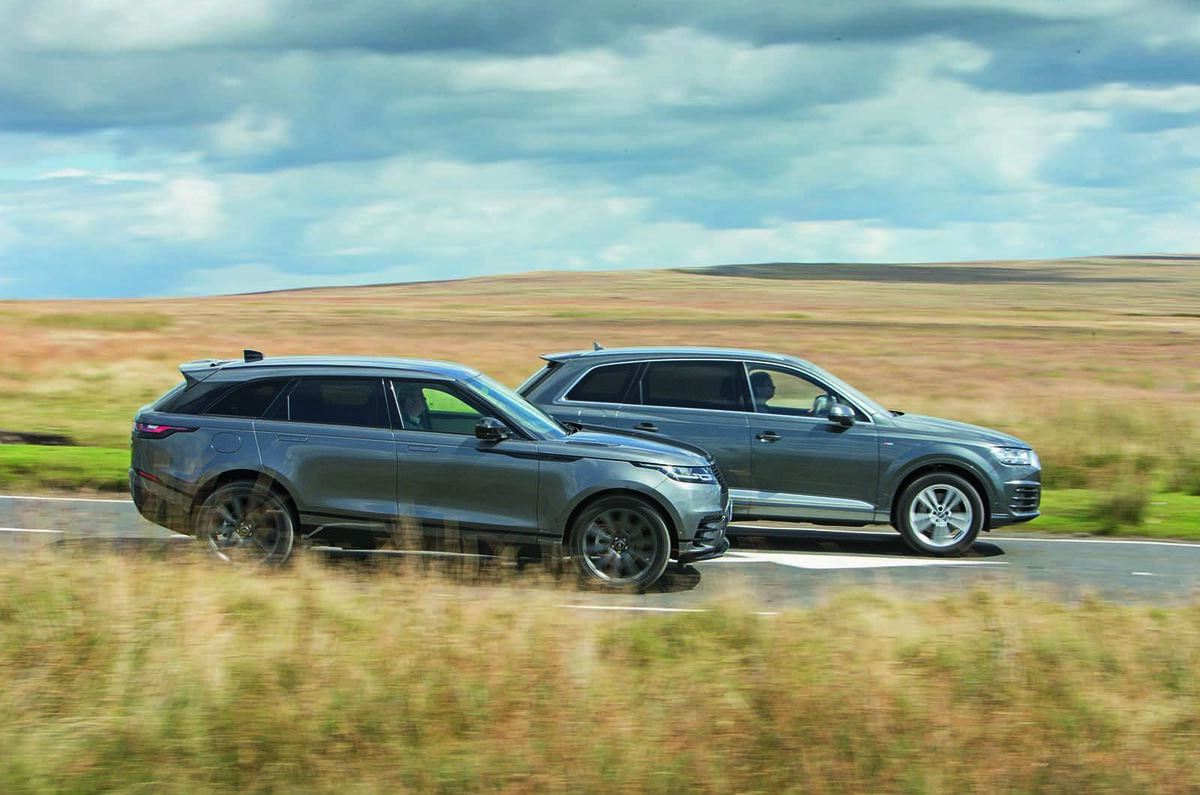
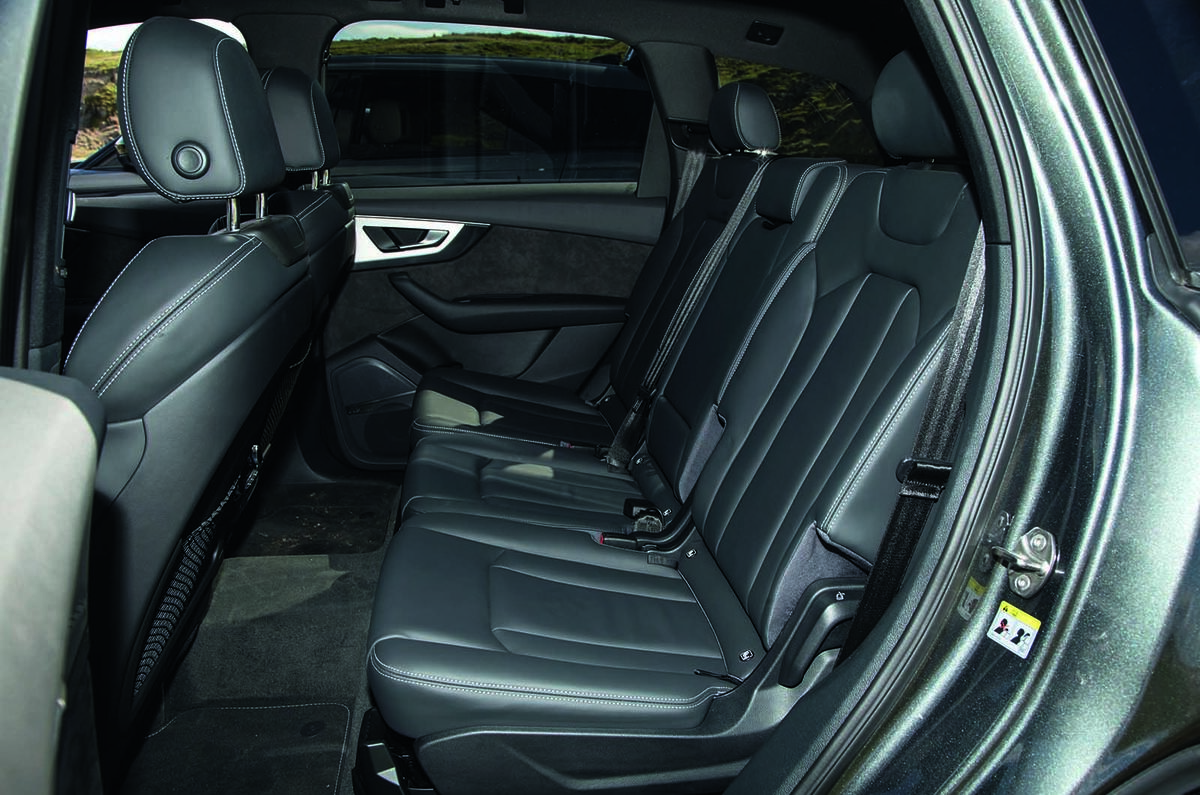
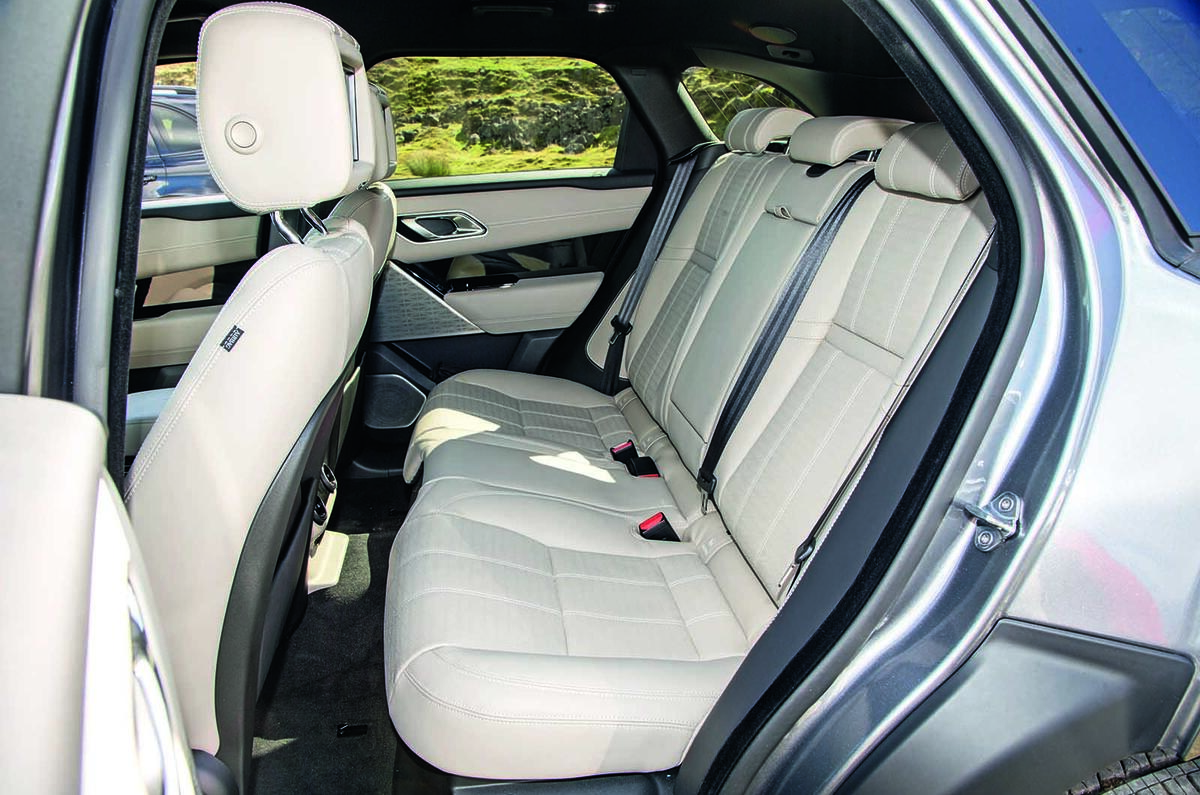
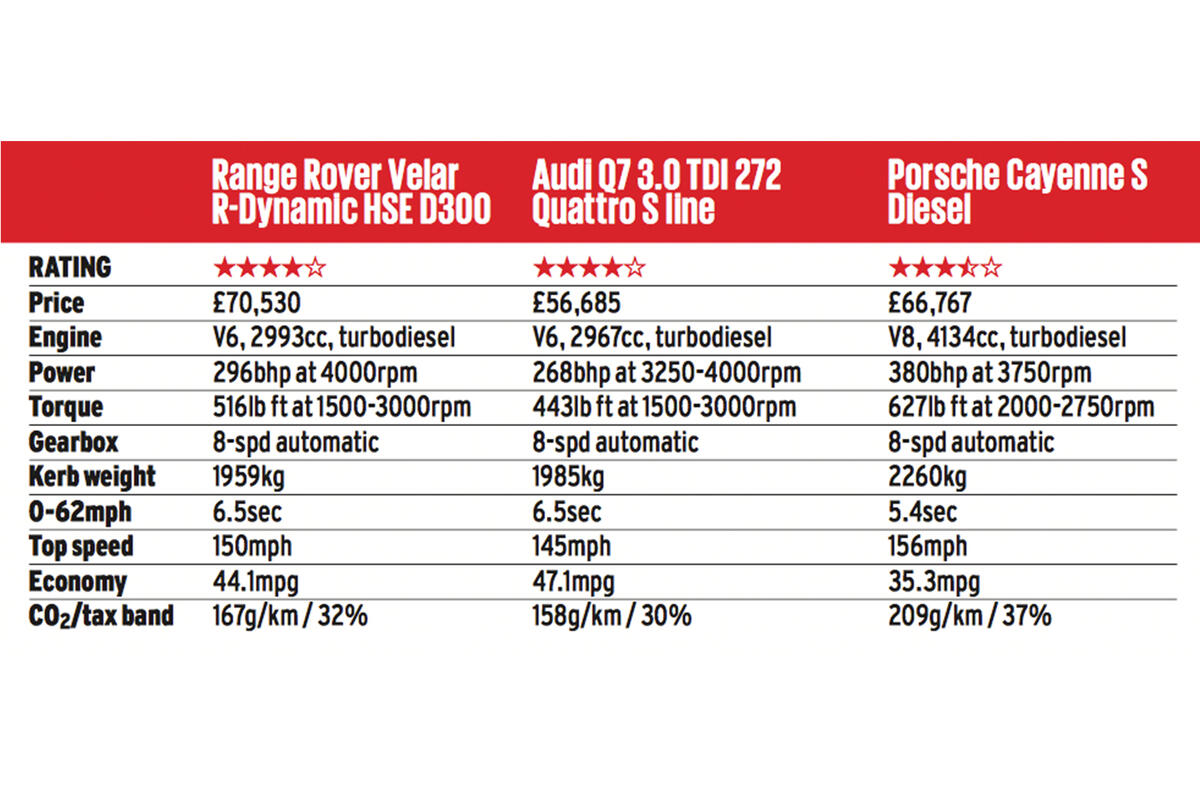

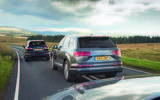
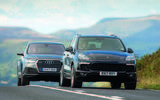
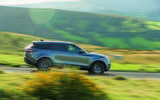
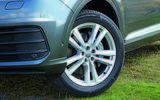
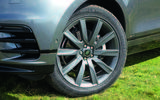
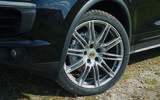
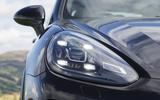
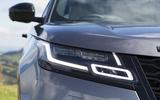
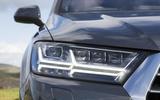
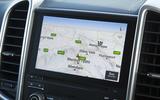
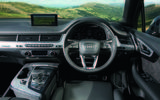
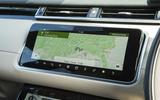
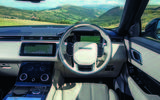
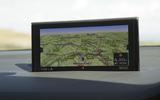
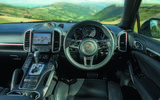
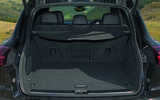

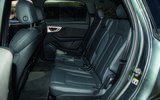
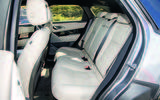
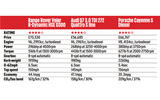

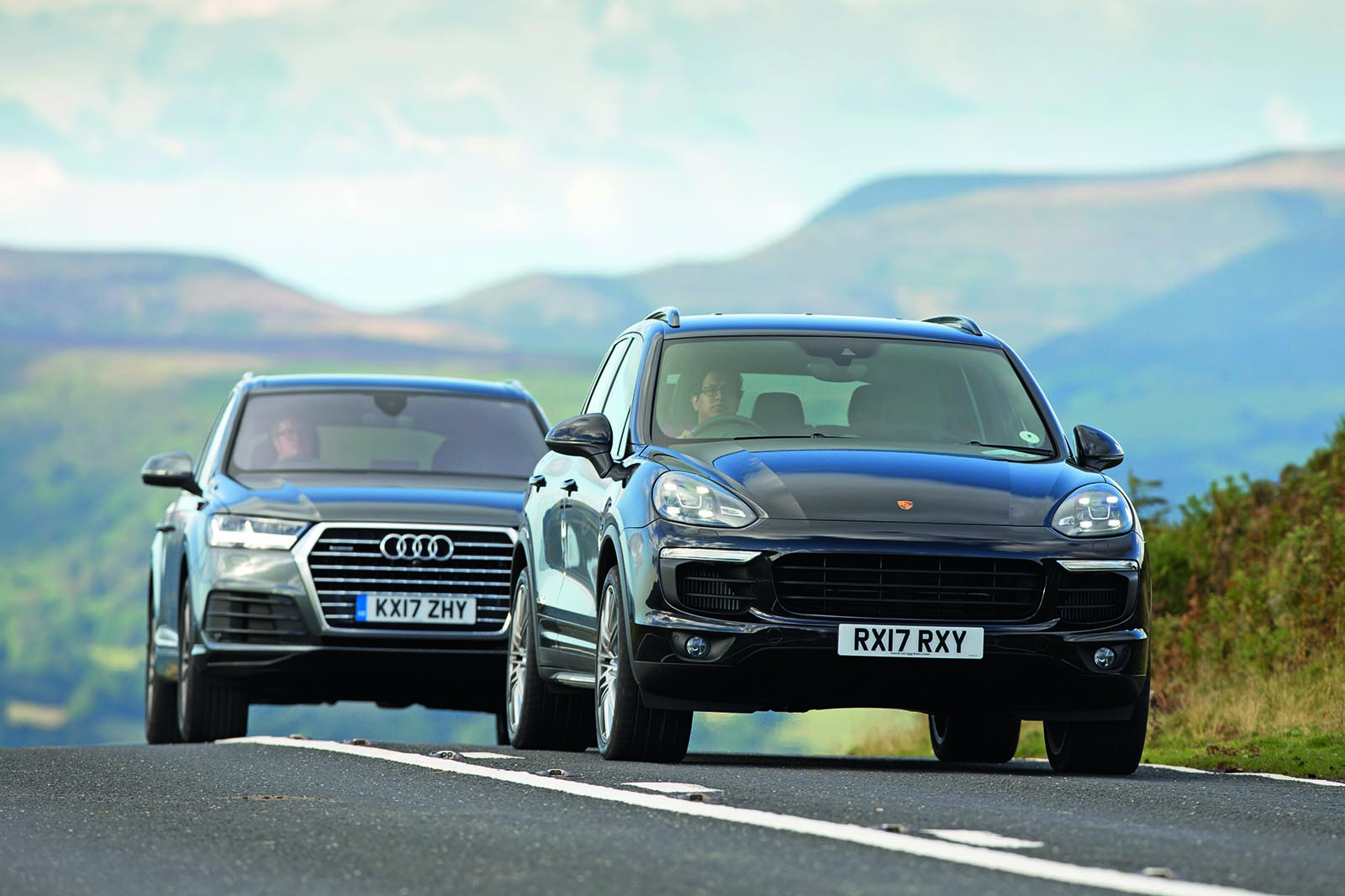
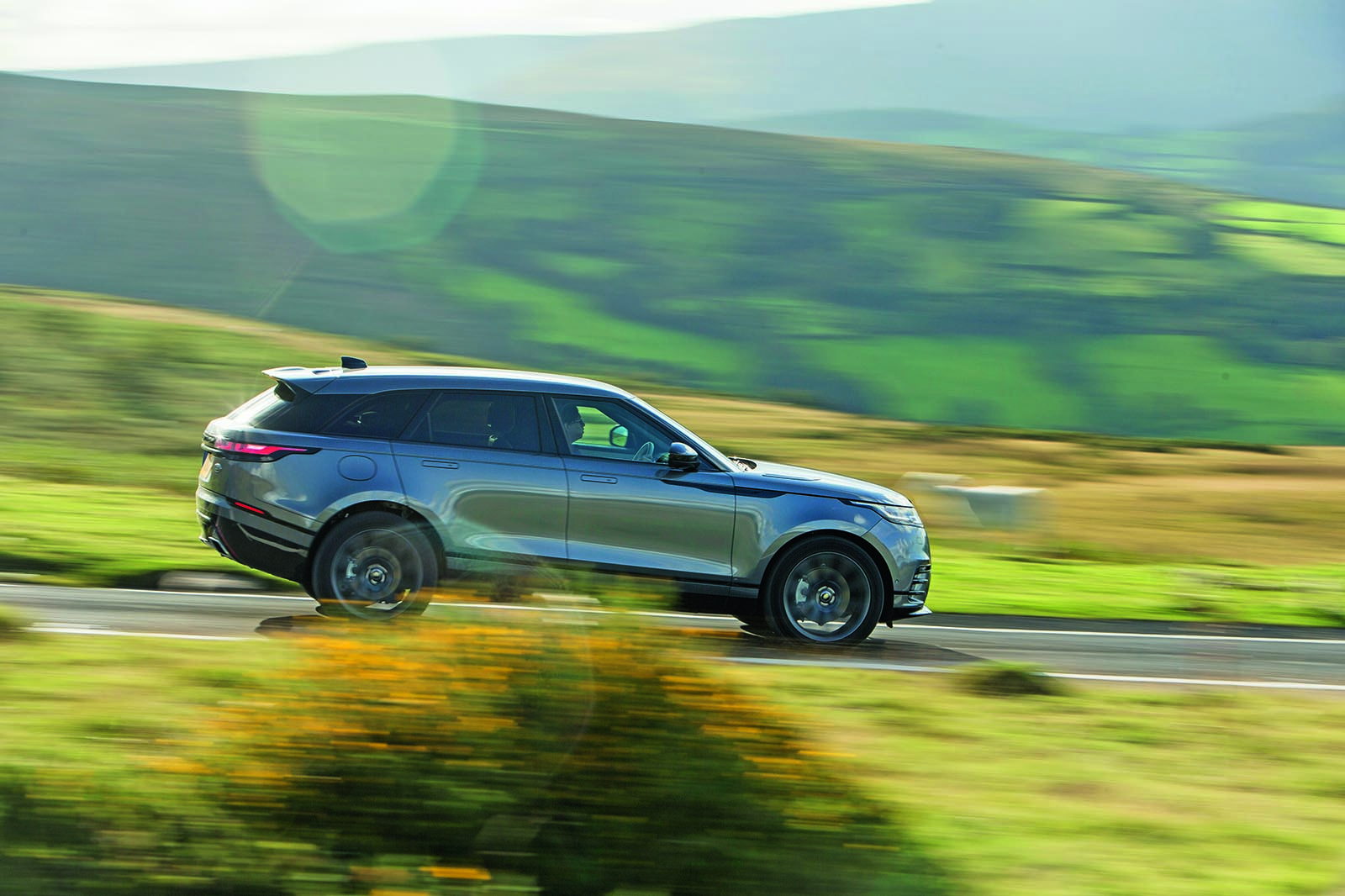
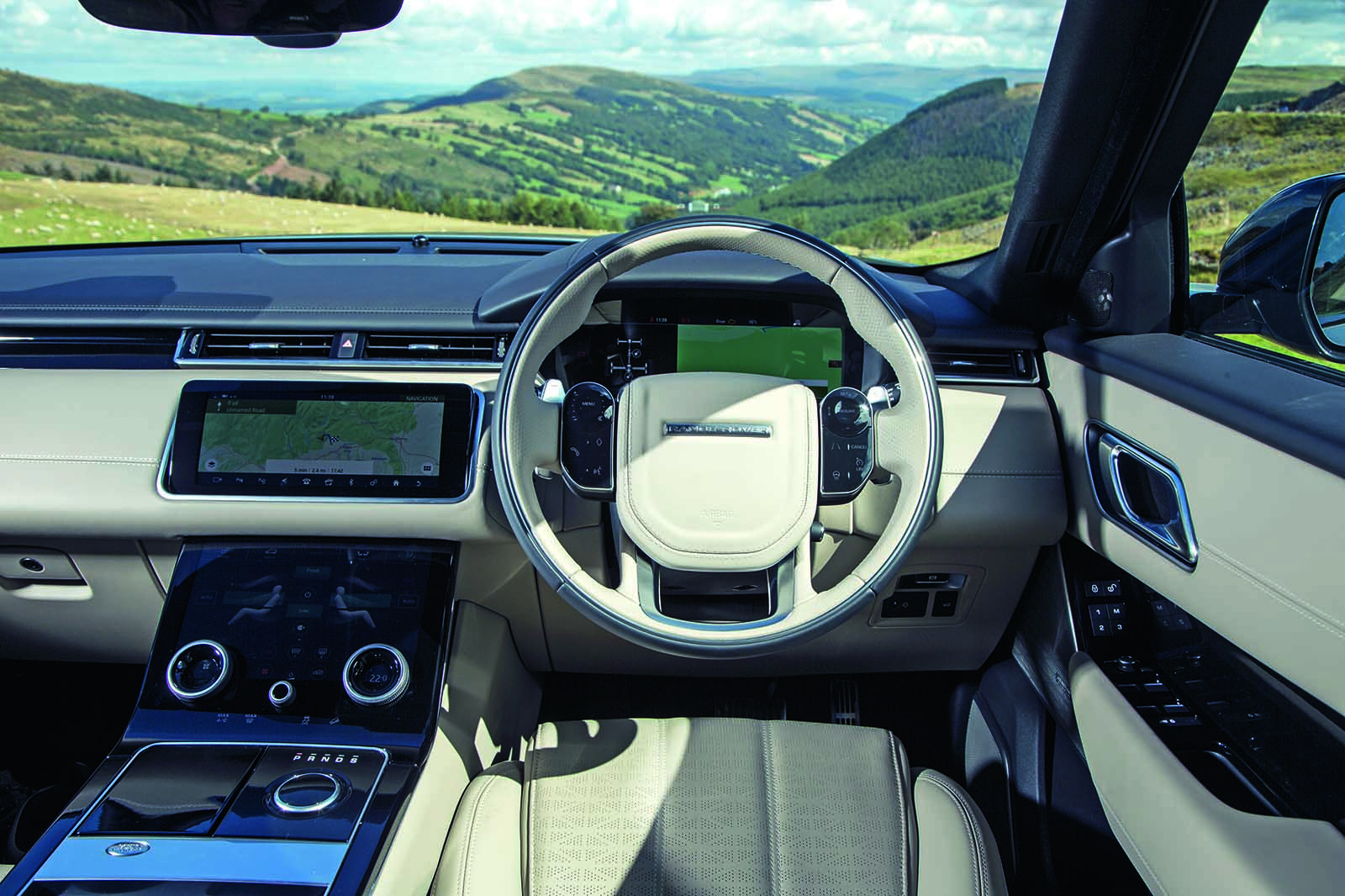
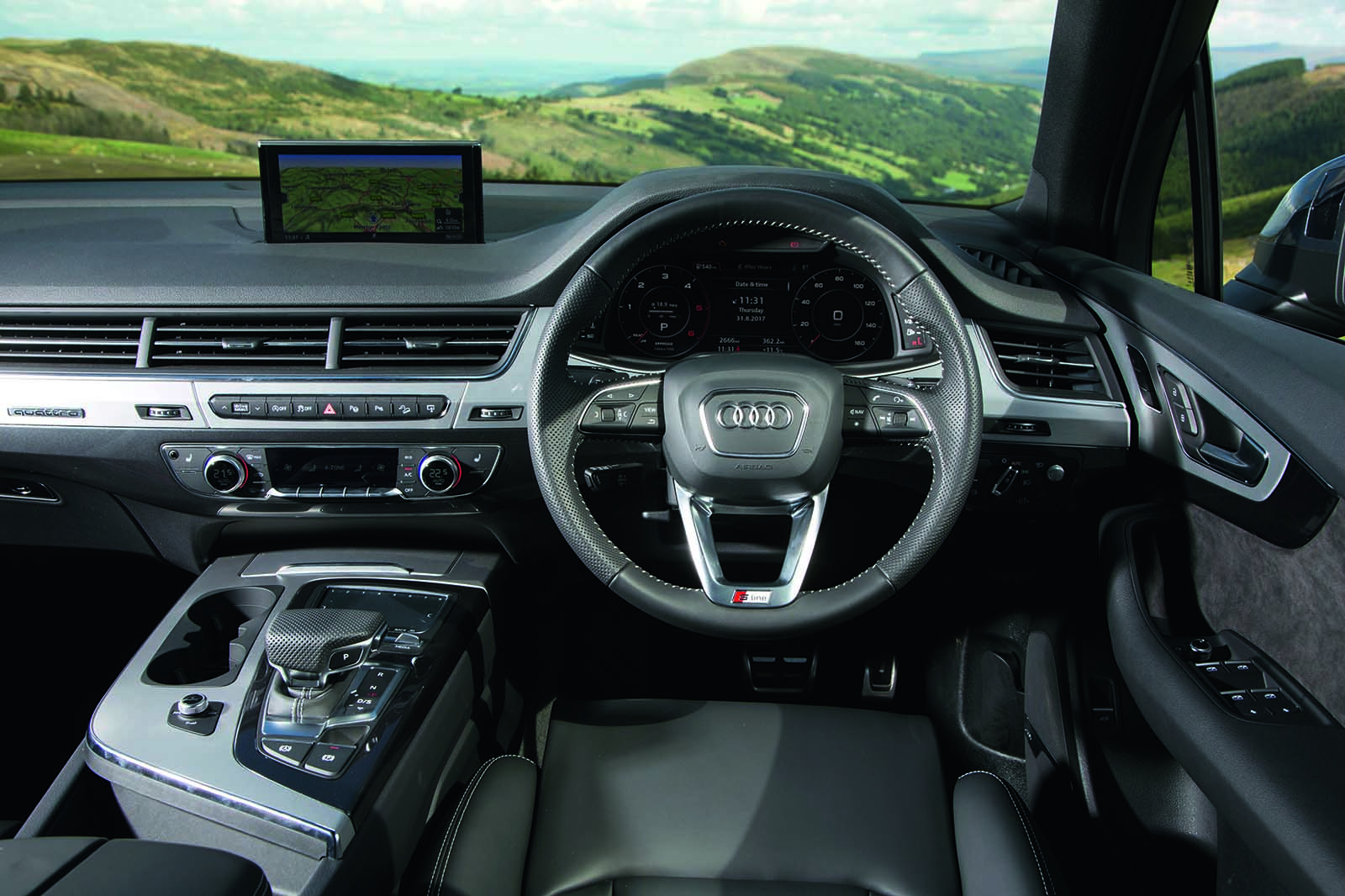
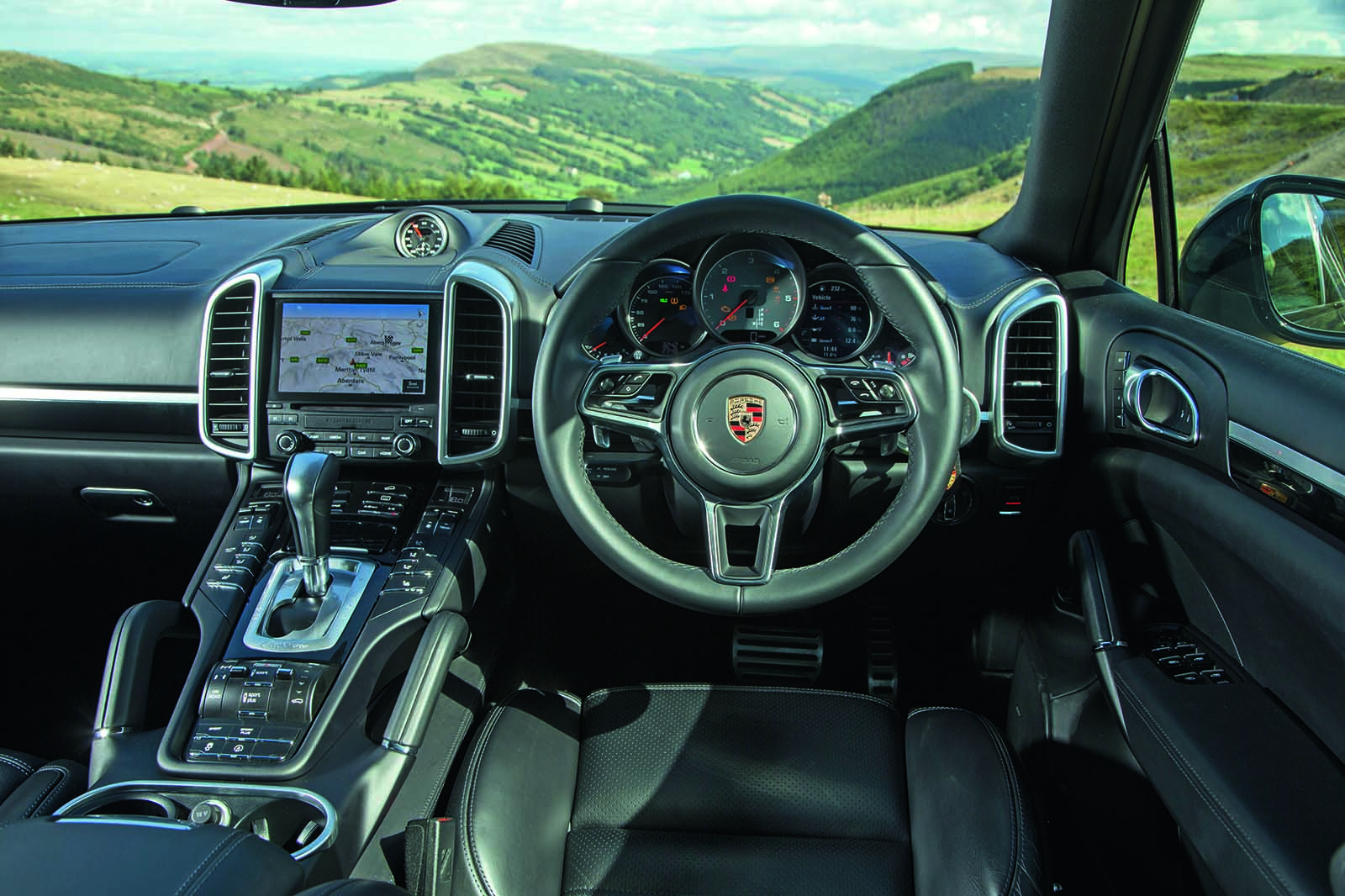
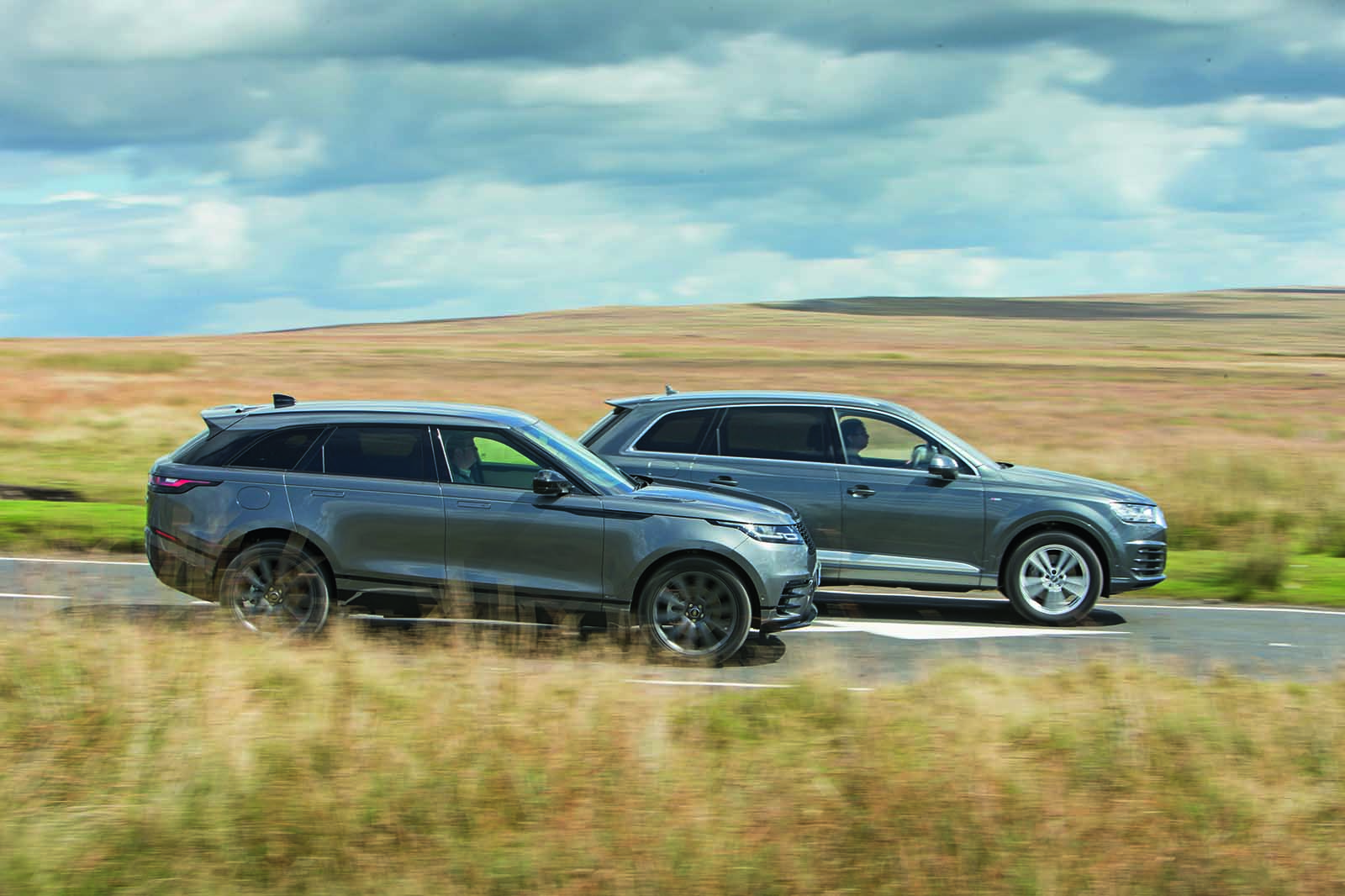
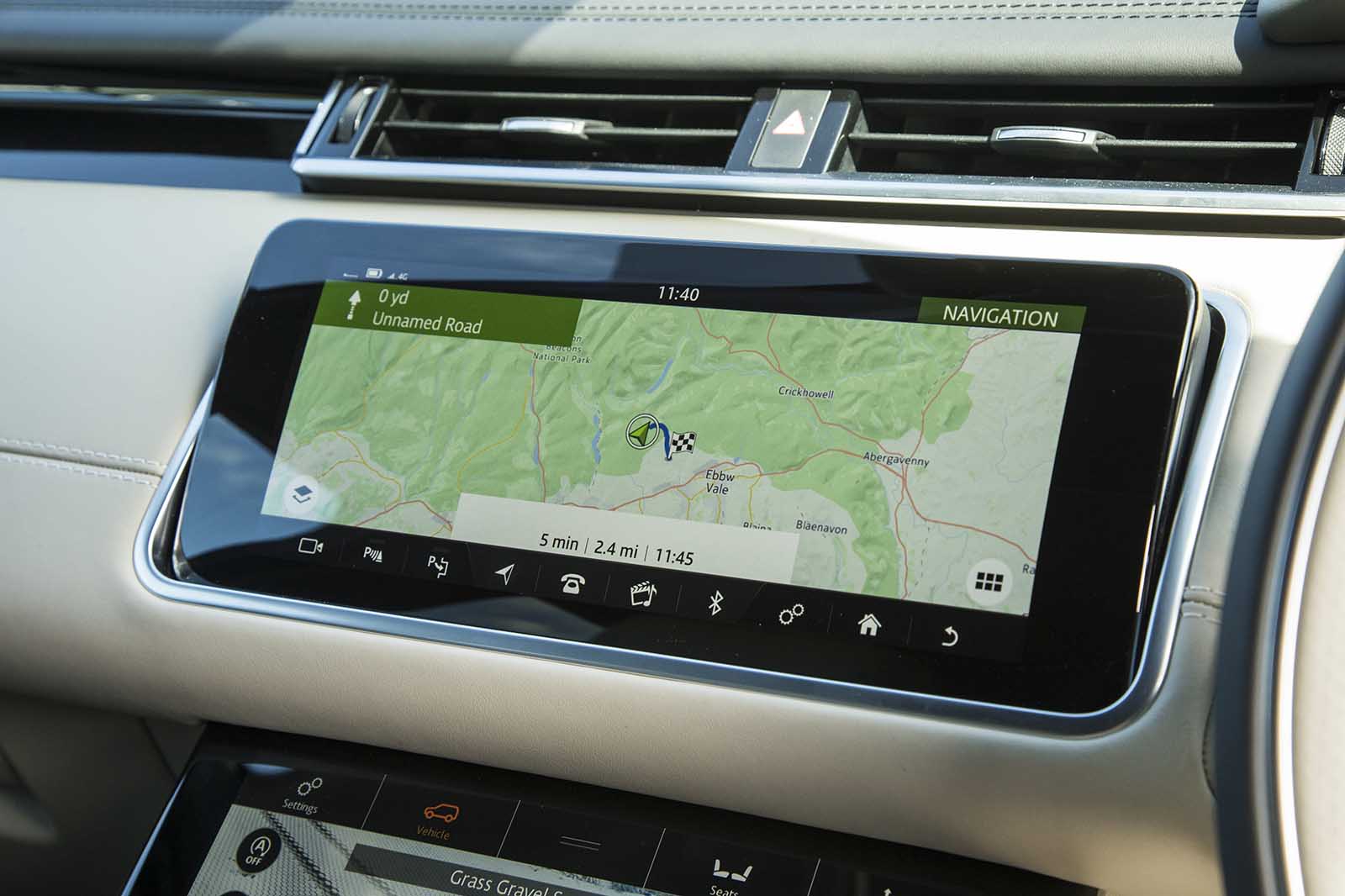
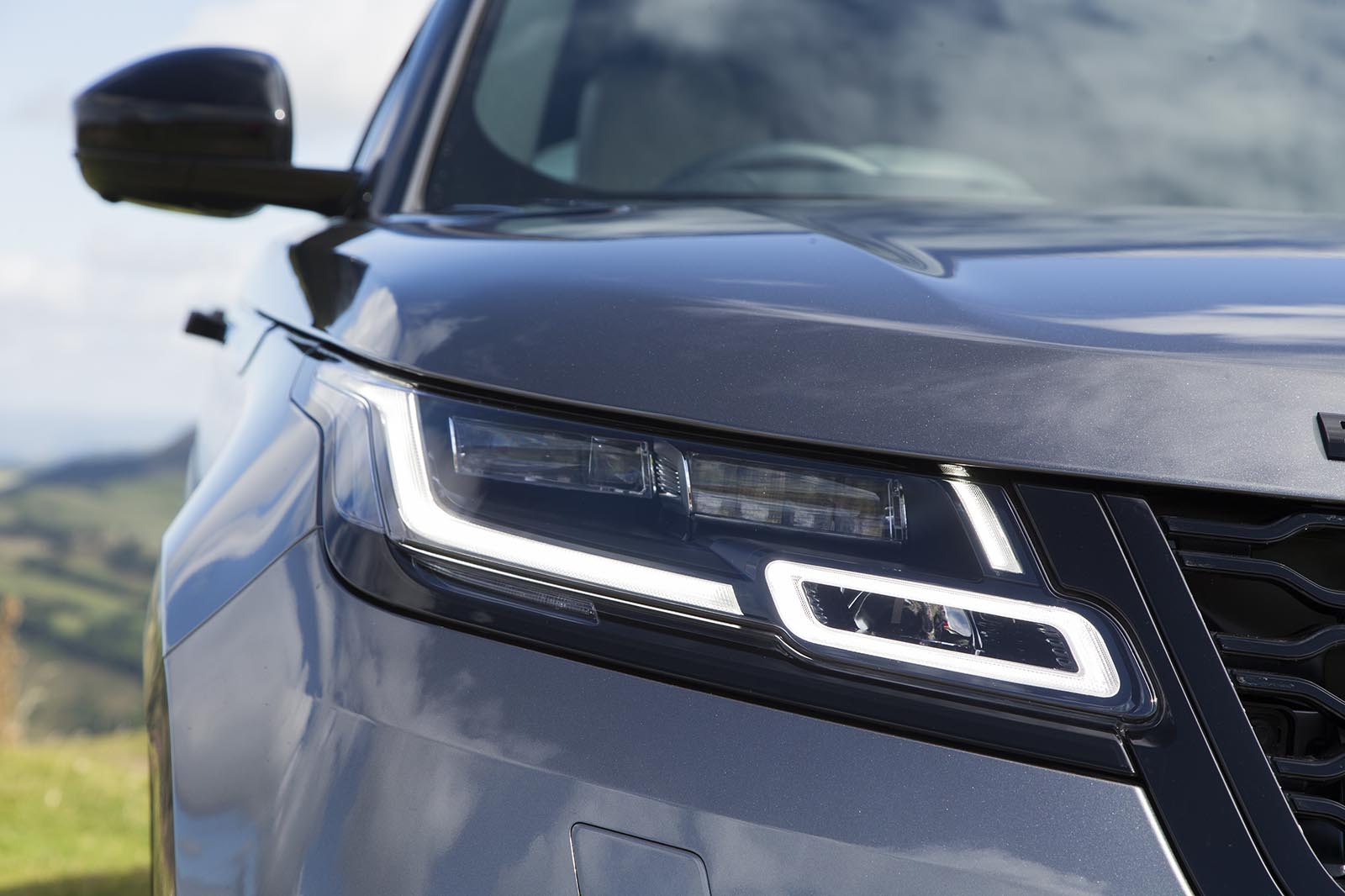
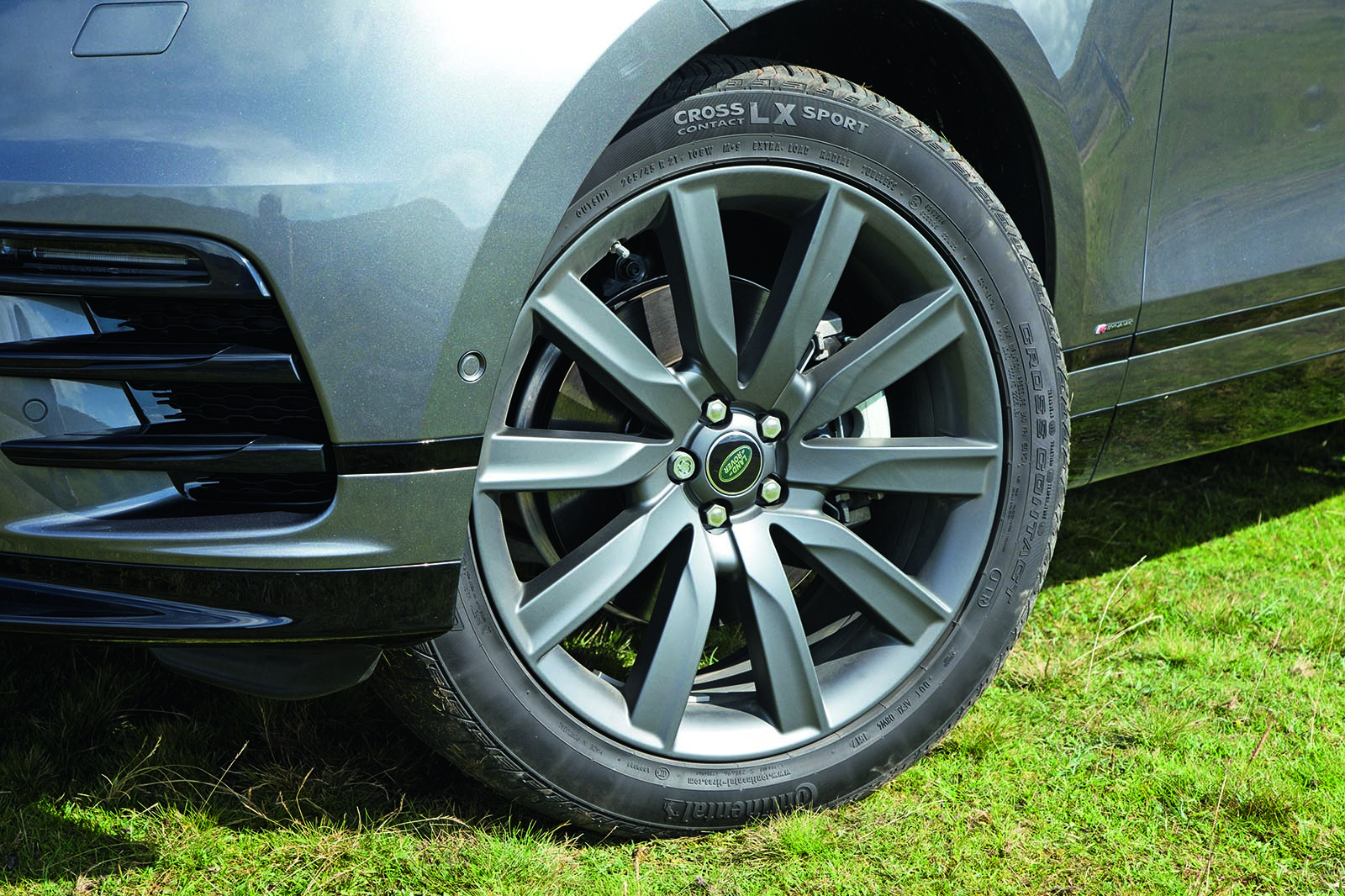
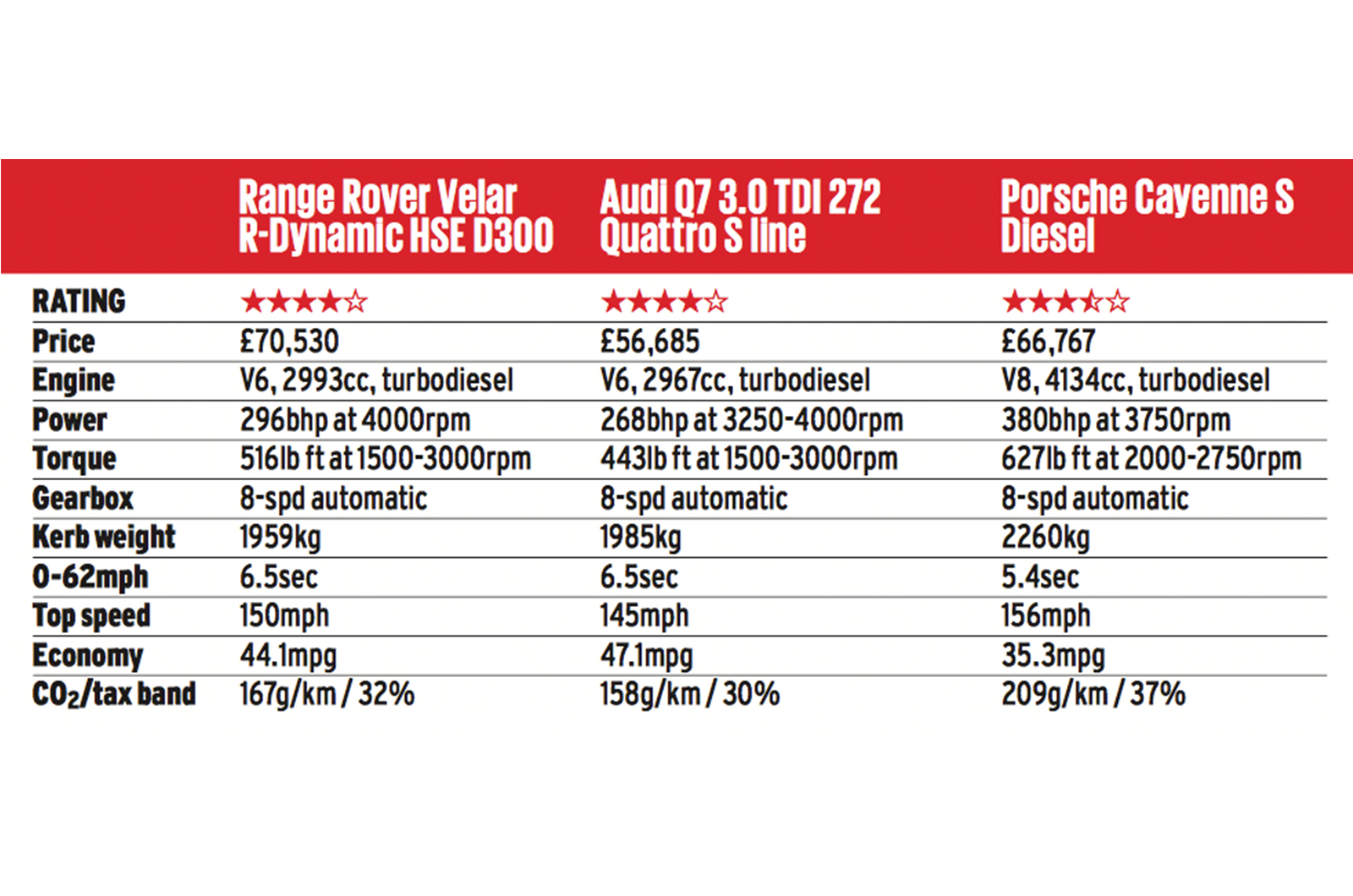

Join the debate
Add your comment
Could have waited until the
Could have waited until the Gen III Cayenne is released to the market in April but I too scrolled to the conclusion knowing it was the JLR - do you guys get commission?
There seem to be...
There seem to be a lot of Audi sales executives with a lot of time on their hands writing comments on this site. Bit of a quiet time, is it lads? I would have thought that anyone with an ounce of common sense would be at least slightly pleased that a British company and its products were doing so well. The fact that, in this column, there are so many vociferous nay sayers has to lead one to suspect they have a hidden agenda, given what appears to me to be an honest, unbiased and comprehensive exploration of each of the three vehicles' strengths and weaknesses.
Ditto. The only way to get a
Ditto. The only way to get a measure of how good a JLR product is is by seeking a non-Autocar review. They're all tarred with the same "BIASED" brush.